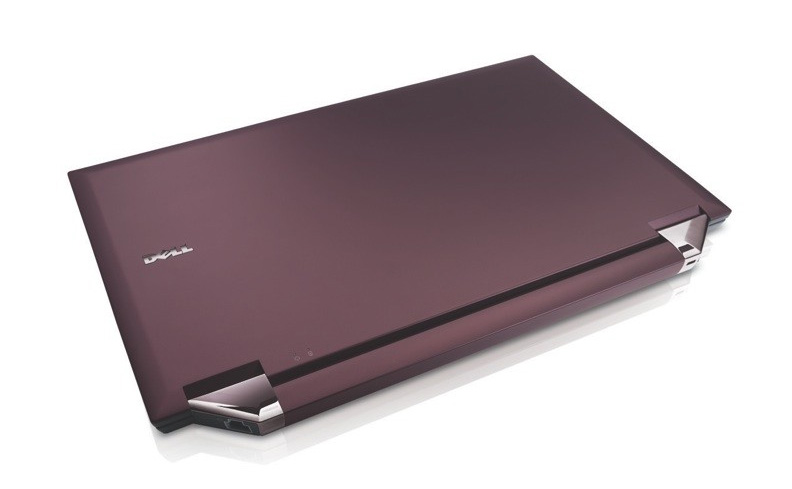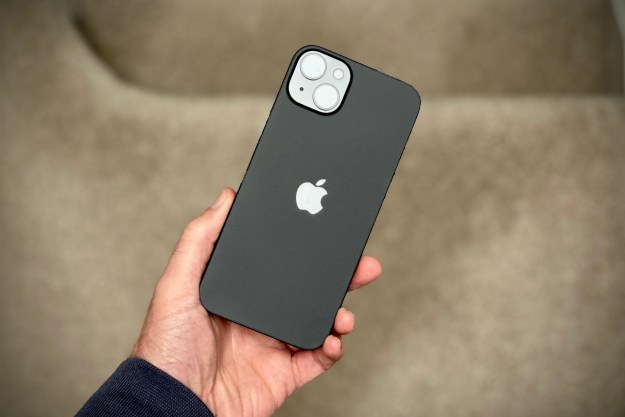
Confirming long-standing rumors of a new iPhone for 2009, Apple officially released the iPhone 3GS at its Worldwide Developer’s Conference in San Francisco on Monday. The beefed-up iPhone will include a faster processor, better camera with video capabilities, and a handful of other updates, such as a software compass.
Despite an exterior that looks nearly identical to the existing iPhone, the 3G S has received a processor transplant inside, and up to 32GB of memory as well. Apple claims the faster processor will allow it to load Web pages and application up to two times faster in some cases, as well as enable better 3D graphics.
Besides leaping from 2.0 megapixels to 3.2, the camera will now include auto-focus, auto-exposure and auto-white-balance, which should help it better compensate for a range of shooting conditions. It will also shoot video now, to tune of VGA quality (640 x 480 pixels), and users can edit video directly in the phone, then upload directly to MobileMe or YouTube.
Apple has also addressed one of the other chief complaints from the last-gen phone: battery life. According to Apple’s own specs, the 3G S will get five hours of 3G talk time and 24 hours of music playback.
Users will also notice a new compass running on an internal magnetometer, tethering capability (though details from AT&T haven’t yet been released), support for the lossless A2DP Bluetooth format, and voice control.
The 32GB and 16GB iPhone 3G S will replace the existing iPhone 3G at the $299 and $199 price points, respectively, while a new 4GB version of the existing iPhone 3G will sell for $99. The iPhone 3G S will go on sale June 19.
Editors' Recommendations
- A big iPhone update is right around the corner
- Best iPhone 15 deals: How to get Apple’s latest iPhone for free
- I found an amazing new way to use my iPhone 15 Pro Max
- How to find your phone number on iPhone or Android
- 5 phones you should buy instead of the Samsung Galaxy S24 Plus


